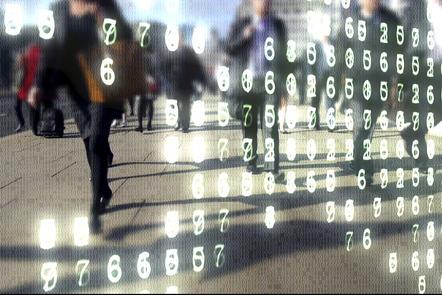MOOC List is learner-supported. When you buy through links on our site, we may earn an affiliate commission.

MOOC List is learner-supported. When you buy through links on our site, we may earn an affiliate commission.
You will learn to code in Python, a widely used programming language across all disciplines, due to its support for scientific and engineering libraries and visualisation tools, and wide range of development tools.
You will write up analyses and do coding exercises using the popular Jupyter Notebooks platform, which allows you to see immediately the result of running your code and helps you identify – and fix – any errors more easily.
You will look at real data from the World Health Organisation, the World Bank and other organisations. You’ll be encouraged to discuss the data and your analyses with your fellow learners, and to build a community of researchers around these and other datasets.
What topics will you cover?
- Python: variables, assignments, expressions, basic data types, if-statement, functions
- Programming: using Jupyter Notebooks, writing readable and documented code, testing code
- Data analysis: using pandas to read CSV and Excel files, to clean, filter, partition, aggregate and summarise data, and to produce simple charts
What will you achieve?
- Demonstrate an understanding of basic programming concepts.
- Develop an awareness of open data sources as a public resource.
- Using a programming environment to develop programs.
- Produce and write simple programs to analyse large bodies of data and produce useful results.
Requirements:
The course does not require any knowledge of statistics, but you need to have basic numeracy skills, like writing arithmetic expressions, using percentages and understanding scientific notation. If you wish to brush up on your numeracy skills, we recommend the FutureLearn course Basic Science: Understanding Numbers from The Open University.
Please note: you will need access to a desktop or laptop computer on which you can install software. The software is free and there are versions available for Windows, Mac and Linux platforms. You will receive installation instructions via email before the course starts.
You will need about 3 GB of free disk space to download and install the software, and to store datasets that will be provided in the course.
You will need to be proficient in basic computer tasks, like creating folders, downloading files and copying them to specific folders, etc. In terms of accessibility, you will be asked to use your web browser and to type code.
MOOC List is learner-supported. When you buy through links on our site, we may earn an affiliate commission.
MOOC List is learner-supported. When you buy through links on our site, we may earn an affiliate commission.
